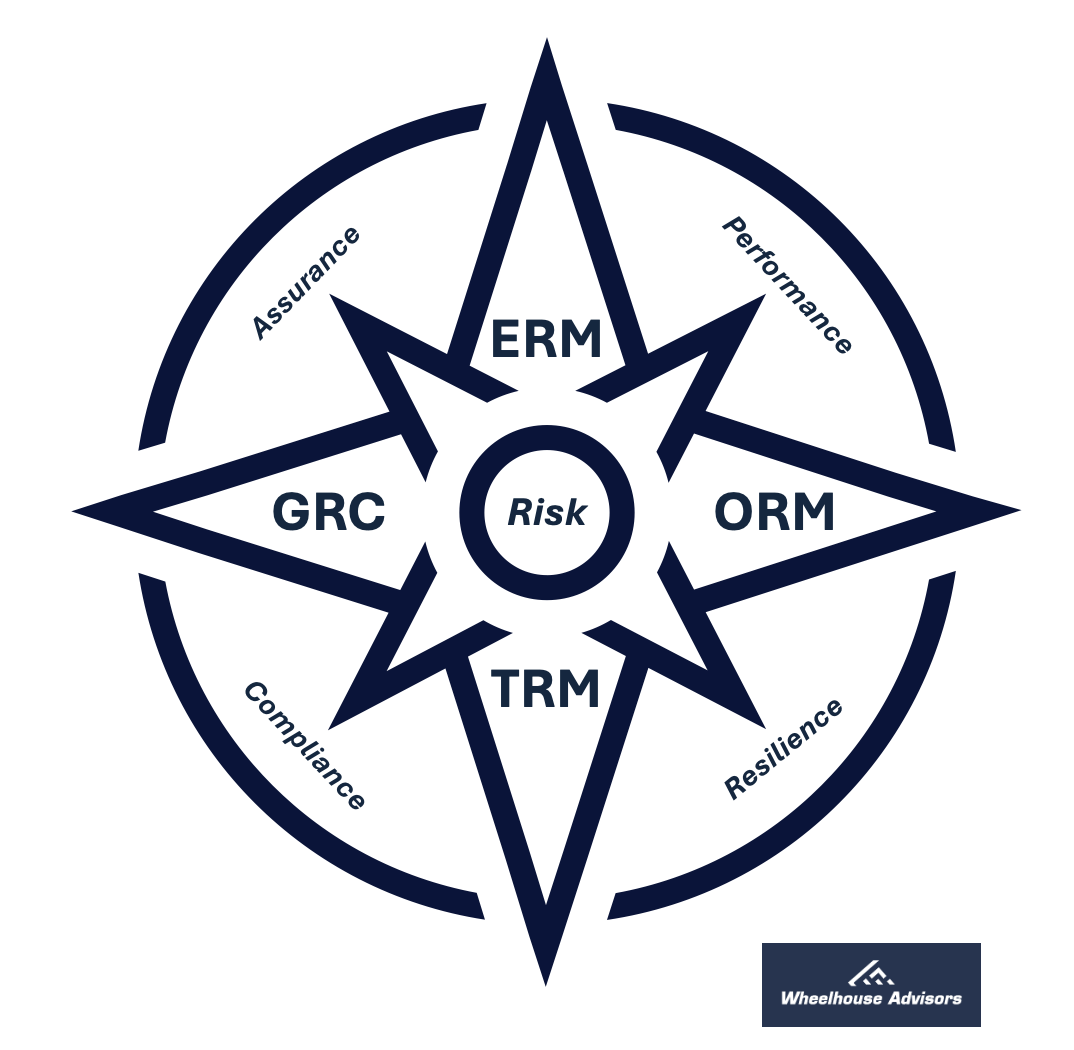Streamlining AI Risk Management with NIST and IRM
The rapid advancement of artificial intelligence (AI) technology has brought about significant benefits and transformative potential across industries. However, with these advancements come inherent risks that must be managed effectively to ensure AI systems are trustworthy, safe, and aligned with ethical standards. The National Institute of Standards and Technology (NIST) has developed the AI Risk Management Framework (AI RMF) to address these challenges. This framework, particularly its recent expansion to include the Generative AI Profile, offers a comprehensive approach to managing AI risks. When integrated with an Integrated Risk Management (IRM) strategy, organizations can achieve a robust risk management posture.
Critical Components of the NIST AI RMF
The NIST AI RMF, released in January 2023, is designed to help organizations manage AI-related risks through a structured, voluntary framework. The framework revolves around four core functions: Govern, Map, Measure, and Manage.
Source: Artificial Intelligence Risk Management Framework (AI RMF 1.0), NIST.
1. Govern: Establishes and maintains an organization's risk management practices, ensuring accountability, transparency, and ethical considerations.
2. Map: Involves understanding and documenting the AI system, its components, and its operational environment to identify potential risks.
3. Measure: Focuses on developing metrics and methods to assess the AI system's trustworthiness and impact on stakeholders.
4. Manage: Implements controls and actions to mitigate identified risks and continuously improve the AI system.
In July 2024, NIST expanded the framework with the Generative AI Profile (NIST AI 600-1), which identifies unique risks posed by generative AI and proposes over 400 actions developers can take to manage these risks effectively.
The Role of Integrated Risk Management (IRM)
Integrated Risk Management (IRM) is a comprehensive approach that enables organizations to manage risks across the enterprise effectively. IRM encompasses a variety of risk domains, including Enterprise Risk Management (ERM), Operational Risk Management (ORM), Technology Risk Management (TRM), and Governance, Risk, and Compliance (GRC). By integrating these risk domains, organizations can achieve a holistic view of their risk landscape and implement more effective risk management strategies.
Linking ERM, ORM, TRM, and GRC
The integration of IRM links these critical risk management domains to create a cohesive strategy for managing digital risks like those posed by AI:
Source: IRM Navigator™, Wheelhouse Advisors.
1. Enterprise Risk Management (ERM): ERM provides a top-down approach to identifying, assessing, and managing organizational risks. It ensures that strategic objectives are aligned with risk management practices, enabling senior leadership to make informed decisions.
2. Operational Risk Management (ORM): ORM focuses on risks arising from day-to-day operations. Organizations can address operational disruptions and inefficiencies by incorporating ORM into the IRM framework, ensuring that AI systems operate reliably and securely.
3. Technology Risk Management (TRM): TRM addresses technology infrastructure and asset risks. Given AI's dependence on advanced technologies, TRM is crucial for mitigating risks associated with data integrity, cybersecurity, and system performance.
4. Governance, Risk, and Compliance (GRC): GRC ensures that an organization adheres to legal and regulatory requirements while maintaining effective governance structures. Integrating GRC within IRM ensures that AI systems comply with relevant standards and ethical guidelines, reducing the risk of legal and reputational damage.
Synergy between NIST AI RMF and IRM
When integrated, the NIST AI RMF and IRM are complementary approaches that can significantly enhance an organization's ability to manage AI-related risks. Here's how these frameworks work hand in hand:
1. Enhanced Governance and Accountability: The governance function of the NIST AI RMF aligns seamlessly with the IRM framework's emphasis on establishing robust governance structures. By incorporating AI-specific governance practices, organizations can ensure that AI risk management is embedded within their broader risk management strategies.
2. Comprehensive Risk Mapping: IRM's ability to integrate risks from various domains complements the NIST AI RMF's mapping function. By leveraging IRM tools, organizations can comprehensively understand AI-related risks and their interdependencies with other risk areas.
3. Effective Measurement and Metrics: Both frameworks emphasize the importance of measurement. IRM tools can develop and track AI-specific metrics, ensuring that AI risk assessments are integrated into the organization's overall risk measurement processes.
4. Proactive Risk Management: The manage function of the NIST AI RMF is bolstered by IRM's proactive risk management strategies. By integrating AI risk management actions with broader risk management initiatives, organizations can ensure a cohesive approach to risk mitigation.
5. Continuous Improvement and Adaptation: Both frameworks advocate for continuous improvement. The iterative nature of IRM aligns with the NIST AI RMF's emphasis on ongoing evaluation and adaptation of AI risk management practices. This synergy ensures that organizations remain agile and responsive to emerging AI risks.
Future Evolution of AI
As AI technologies evolve, integrating the NIST AI RMF with an IRM strategy offers a robust approach to managing AI-related risks. By leveraging the strengths of both frameworks, organizations can enhance their risk management capabilities, ensuring that AI systems are developed, deployed, and operated in a trustworthy, safe, and ethical manner.
Wheelhouse Advisors' IRM Navigator™ provides a comprehensive solution to support this integration. The IRM Navigator™ framework offers detailed market analysis, vendor evaluations, and strategic insights that align with the principles of the NIST AI RMF, enabling organizations to manage AI risks effectively within their broader risk management strategies.
For more information on how Wheelhouse Advisors can support your AI risk management efforts, visit WheelhouseAdvisors.com.
The future of AI risk management lies in such synergistic approaches, where comprehensive frameworks like NIST AI RMF and IRM work together to provide a holistic and adaptive risk management strategy. Organizations that adopt this integrated approach will be better positioned to navigate the complexities of AI risk and capitalize on the transformative potential of AI technologies.
For further details on the NIST AI RMF and the Generative AI Profile, access the NIST AI RMF Playbook.


